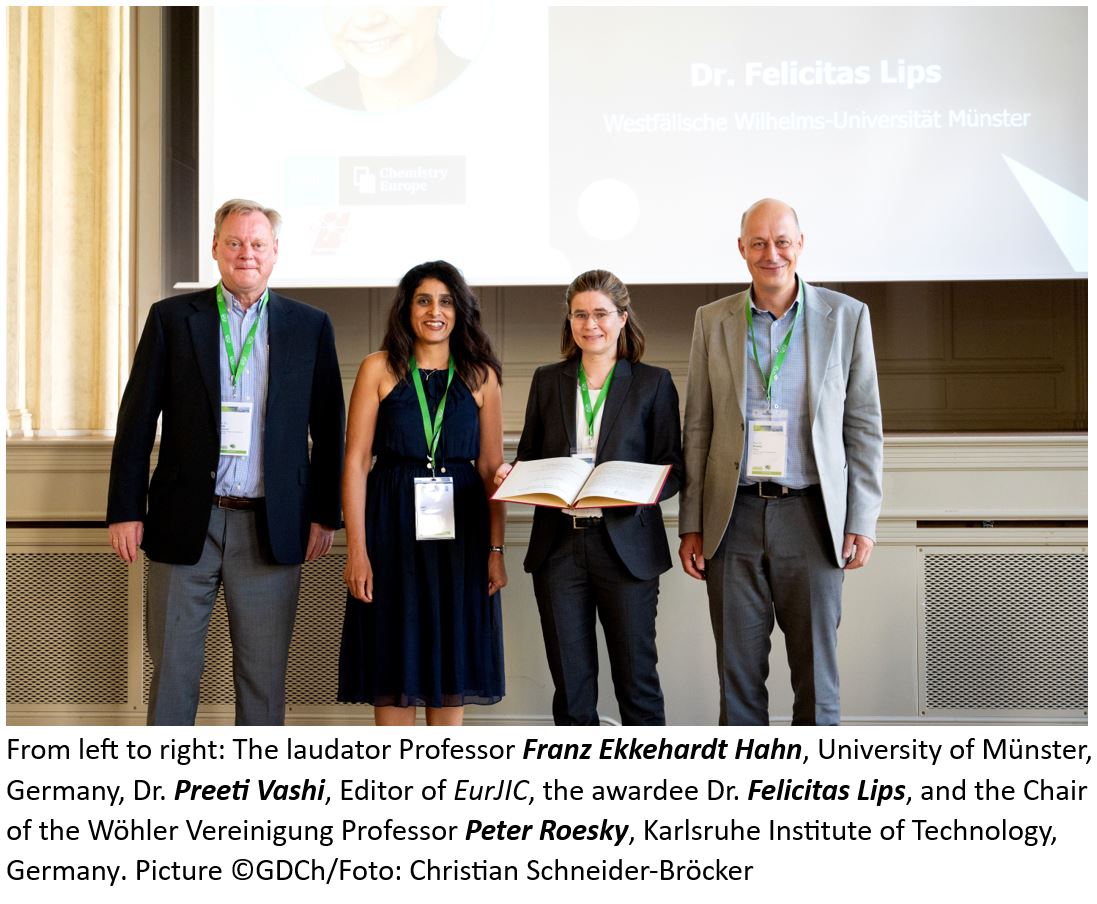1 Expanding Horizons and Interdisciplinary Collaboration
“How can we ensure that chemistry will continue to be a driving force for innovation in the future?”, Professor Karsten Danielmeier, President of the German Chemical Society (GDCh), asked during the opening of the Wissenschaftsforum (Science Forum), known as WiFo for short. It is the most important chemistry congress in the German-speaking region which is organized by the GDCh, the largest professional organization for chemical science in the EU.
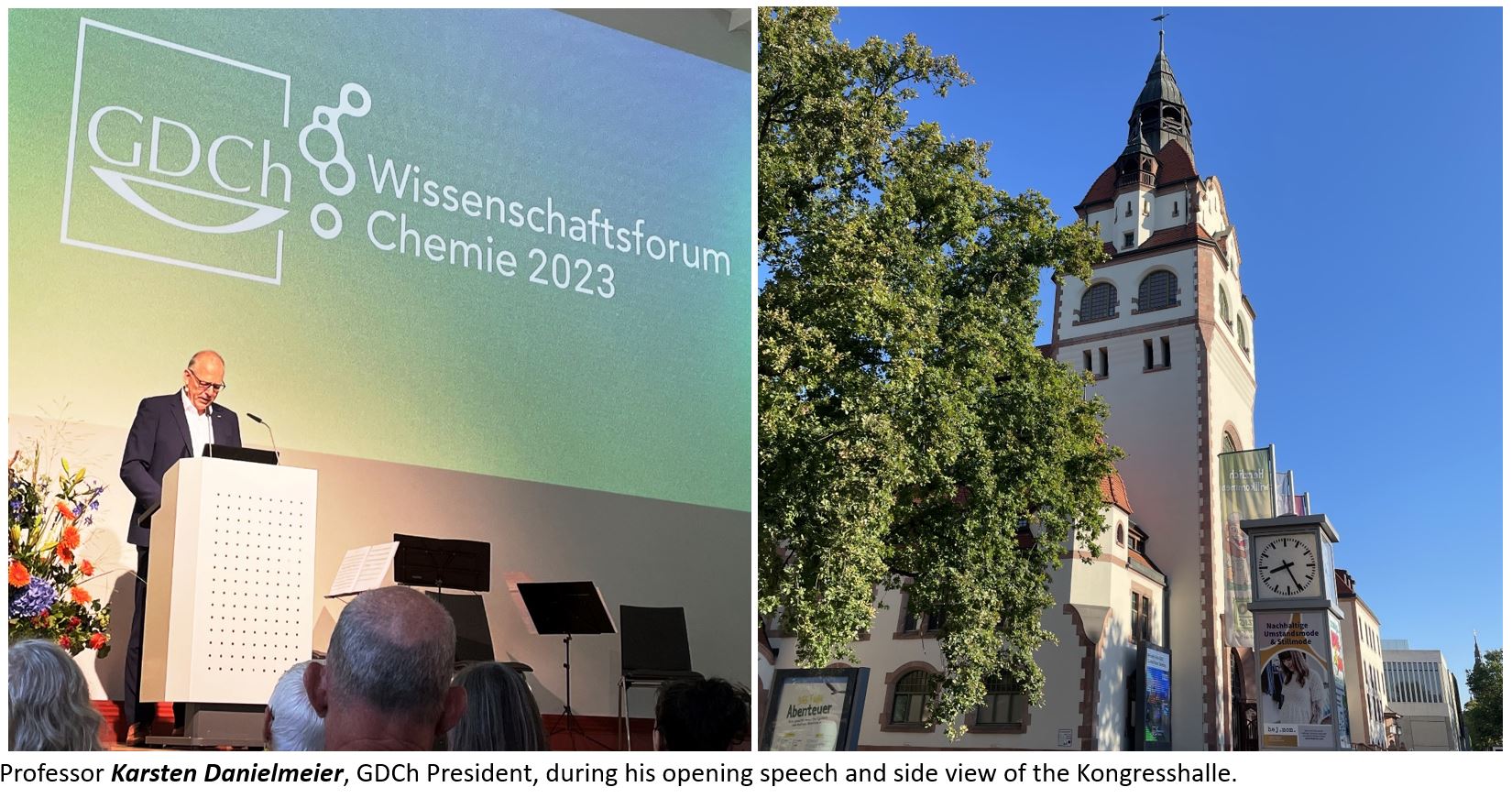
“We need to broaden our perspective and look at chemistry from a new angle. We need to ask ourselves how we can develop our science to meet the challenges of the 21st century. And we need to shape a more sustainable, just, and safe world for generations to come,” he said. He added that interdisciplinarity within chemistry is extremely important, and interaction between different disciplines should also be strengthened.
“Rethinking Chemistry” serves as the current motto of the GDCh—an encompassing and dynamic concept that addresses the continuous development of the field as well as society, including pressing challenges like climate change. “Rethinking Chemistry” was also the motto of the WiFo, which was held from September 4 to 6, 2023, in the beautiful Kongresshalle Leipzig, located right next to the entrance of the Leipzig zoo. Originally inaugurated in 1900 as the zoo’s social hall, the building was an ideal place to warmly welcome approximately 1,200 GDCh members and guests from around the world, fostering scientific exchange, creative ideas, and new collaborations. “It’s my sincere belief that this event will not only broaden your technical knowledge, but also your horizon and lay a foundation for future collaborations and partnerships”, Danielmeier said.
Big words, but for me, it held true, and I had the pleasure of engaging with many fascinating individuals. Since this was the first in-person WiFo event held after the pandemic, I believe that many attendees had an even greater appreciation for the value of face-to-face interactions. In addition to professional and personal exchanges, cooperation between various chemical societies was also a major topic during the conference. Representatives from chemical societies including the American Chemical Society (ACS), Austrian Chemical Society (GÖCH), Italian Chemical Society (SCI), Royal Australian Chemical Institute (RACI), and Royal Society of Chemistry (RSC) were present.
The program featured scientific presentations and discussions, along with a diverse range of activities, ranging from a startup-focused breakfast session to a chemistry-themed science slam to career development workshops.
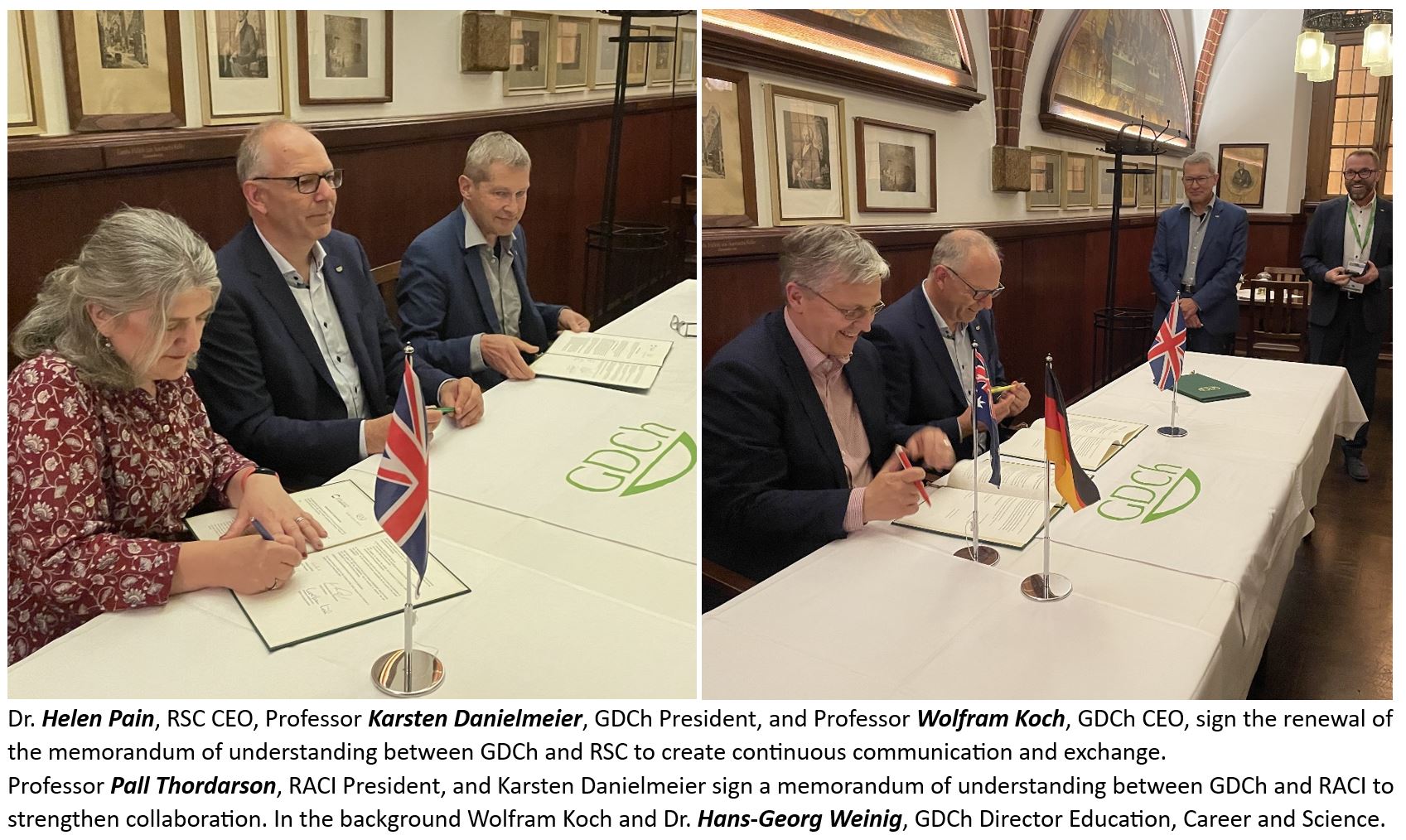
2 Selected Talks
2.1 Research: The Key to Sustainability in the Chemical Industry
We all know that the chemical industry is highly energy-intensive, leading to significant emissions. Therefore, it is evident that we need to reinvent ourselves, which is what the chemical industry has been doing for over a century, according to Dr. Melanie Maas-Brunner, Member of the Board of Executive Directors and Chief Technology Officer (CTO) of BASF SE, Ludwigshafen, Germany. It transitioned from using coal as a feedstock to oil, then prioritized gas as one of the most valuable feedstocks. Now, they must reconsider how to eliminate fossil feedstocks and shift toward having more renewable feedstocks and renewable energy sources.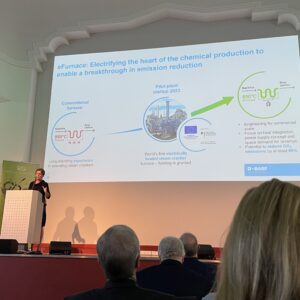
This transformation must begin with research, she says, and one company alone cannot solve these problems by itself, as they are more complicated and complex than before. 10,000 people work globally in BASF research teams in a kind of know-how Verbund, a pool of expertise for research. Collaboration with external partners, including universities, academia in general, startups, and other companies, is even more important today than it used to be. In addition to enabling technologies such as data science, scientific modeling, and lab automation, it is important to understand how to solve tasks in an interdisciplinary manner, for example, integrating the chemical work that a researcher does with physics, biology, and data science.
Digging a bit more into detail, she gave examples from different areas, i.e., feedstock (from fossil-based to circular and alternative raw materials), products (from conventional to low and zero product carbon footprint), and processes (from energy-efficient to CO2-free). Examples for the latter included an electrically heated steam cracker furnace [1] and methane pyrolysis. By using electricity from renewable sources instead of natural gas to heat the steam cracker furnance, the CO2 emissions of one of the most energy-intensive production processes in the chemical industry can be reduced up to 90 % compared to technologies commonly used today. In methane pyrolysis (bio)methane is split directly into hydrogen and solid carbon. Methane pyrolysis requires about 80 % less electricity than water electrolysis and is virtually carbon-free if renewable energy is used. A test plant is in trial operation at the Ludwigshafen site.
2.2 Phosphorus: The Devils Element and the Element of Life
Professor Evamarie Hey-Hawkins, Leipzig University, gave an entertaining overview of phosphorus, including history, applications, and her research in a talk entitled “Phosphorus—The Devil’s Element?”.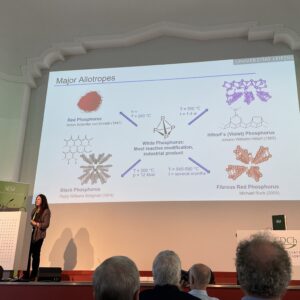
Phosphorus was discovered by the German alchemist Hennig Brand in 1669 in Hamburg when he tried to make the legendary Philosopher’s Stone by distilling his urine. Until 1770, it took 600–700 L of urine to produce only about 30 g of white phosphorus. Until 1840, the initial commercial production method involved reacting bones with nitric acid or sulfuric acid to make phosphoric acid, and then heating it with coal to create elemental white phosphorus. Starting in 1850, phosphorus was obtained from phosphate rock, and since 1890, it has been produced using an electric arc furnace.
White phosphorus is the most reactive and the easiest to make modification and, therefore, is converted into the other modifications. It is made up of four phosphorus atoms arranged in a tetrahedral shape and has a strong garlic-like odor. It is highly toxic and becomes unstable when exposed to air, releasing white fumes and eventually catching fire.
Phosphorus, the 13th element discovered, is sometimes called the “devil’s element” due to the number 13, its toxicity, easy inflammability, greenish glow in the dark, and use in explosives, poisons, and nerve agents. However, it is also vital for life, as it is essential in metabolic processes in humans, animals, and plants. 85 % is in bones and teeth and 15 % in cells in soft tissue as phospholipids, adenosine tri- and diphosphate (ATP, ADP), and deoxyribonucleic acid (DNA) and ribonucleic acid (RNA). The bulk of all phosphorus production is in concentrated phosphoric acid for the production of agriculture fertilizers.
Considering how quickly we are mining phosphorus, we are expected to reach “peak phosphorus” around 2033. We are heavily reliant on phosphorus. Without it, there is, for example, no food. Only a handful of countries produce phosphorus, making its availability uncertain. This means we must rethink the way we source and use this essential resource to ensure sustainability. An example from Germany is that starting in 2029, wastewater treatment plants with a capacity of 100,000 population equivalents (p.e.), and from January 2032, those with a capacity of 50,000 p.e. or more, are required to recover phosphorus from sewage sludge or sewage sludge ash.
3 Excursion into Literature
Another highlight was the GDCh Science Party in Auerbachs Keller. Already in the 16th century, this probably best-known restaurant in Leipzig was a popular wine tavern. It is said that visitors included Martin Luther and Johann Wolfgang von Goethe.
In Goethe’s Faust, Mephisto visits Auerbach’s Keller along with Faust in the scene known as “Auerbach’s Keller”. There, they meet four students, and Mephisto magically makes the wines they want appear onto their table. As the behavior of the students becomes more and more animalistic because of the wine, Faust wishes to leave. However, Mephisto persuades him to stay.
Fortunately, we only saw Mephisto as a statue at the entrance to the cellar along with Faust and spent a wonderful evening in the historic restaurant. However, it seems that one cannot escape the devil entirely in Auerbachs Keller: During the course of the evening, guests had the pleasure of witnessing an actor dressed as Mephistopheles reciting quotes and anecdotes at the tables.
Selected AwardsPrimo Levi PrizeDuring the conference, various awards were presented, including the 3rd Edition of the Primo Levi Prize, a joint award from the GDCh and the SCI. “This award is named after Primo Levi, who was not only a victim and survivor of Auschwitz but also internationally renowned as a chemist and intellectual. He was one of the foremost voices in contemporary literature and one of the brightest minds of his era”, Professor Gianluca Farinola, President of the SCI, said during the award ceremony, which was also attended by Renzo Levi, Primo Levi’s son. The Primo Levi award honors chemists or scientists from related disciplines who have made a special contribution to the protection of human rights and to the dialogue between chemistry and society. Professor Henning Hopf, Technical University of Braunschweig, Germany, was recognized with the Primo Levi award for his significant contributions to the chemical community and society at large [2]. Unfortunately, he was unable to attend the ceremony for health reasons.
Hildegard Hamm Brücher PrizeWith the Hildegard Hamm Brücher Prize the GDCh honors outstanding commitment to equal opportunities in chemistry. The project “Women In Supramolecular Chemistry” (WISC), an international network supporting equality, diversity, and inclusion within supramolecular chemistry, received the award for their work to support the progression and retention of women and other WISC began in early 2019 as an informal peer mentoring group started by Professor Jennifer Hitchcock, University of Kent, UK. The network now has a number of people from across Europe involved in various roles on the board and is supported by an international advisory board [5]. The award selection committee sees the WISC initiative as a “lighthouse with a radiance that goes beyond supramolecular chemistry”. Representatives of the network said about themselves during the award ceremony, that “what is unique is that we are a network specific to this area, and we have an ethos of calling out the community rather than singling out instances of bad behavior.” WISC is inclusive; all events and resources are open to everyone. They said during the award ceremony that they hope the WISC framework can serve as a blueprint for others to establish their own area-specific networks and encouraged the audience. “If you hear anything you want to find more information about today or if you would like to set up your own network, please do get in touch with us.”
Outstanding ResearchThe GDCh recognized outstanding commitment and innovative research with awards. Professor Thomas Fässler, Technical University of Munich, Germany, has been awarded the Arfvedson Schlenk Prize [6]. He made important contributions to the field of Zintl phases, in particular, to lithium-rich intermetallic compounds. These innovative materials could be of great use as solid-state ion conductors for safe, high-performance lithium batteries. Professor Alfred Flint, University of Rostock, Germany, has been awarded the Heinz-Schmidkunz Prize, which honors special contributions to chemistry didactic research, for his commitment, his charisma and his ability to combine theory and practice in a lively way. For his “Chemistry for Life” project, he developed a structured and systematic chemistry lesson with substances that children and young people know from their everyday lives. Thanks to his work, everyday substances such as citric acid, pipe cleaner, and beer can be used in chemistry lessons [7]. Professor Sebastian Hasenstab-Riedel, Freie Universität Berlin, Germany, has been awarded the inaugural Christel and Herbert W. Roesky-Award for molecular chemistry of main-group elements for his outstanding achievements in the field of transition and main group chemistry as well as modern molecular spectroscopy under cryogenic conditions. Professor Rainer Herges, University of Kiel, Germany, has received the Adolf von Baeyer Memorial Medal 2023 for his many original, fundamental, and internationally outstanding contributions, with which he has shaped organic chemistry [8]. Professor Klaus Kümmerer, Leuphana University Lüneburg, Germany, has received the Wöhler Prize for Sustainable Chemistry for his pioneering research work in the field [9]. Dr. Felicitas Lips, University of Münster, Germany, has received the 2023 EurJIC–Wöhler Young Investigator Prize. The award is offered by the Wöhler Association for Inorganic Chemistry of the GDCh and the Chemistry Europe journal European Journal of Inorganic Chemistry (EurJIC) [10]. Felicitas Lips has been honored for her publication “Synthesis and Reactivity of a Neutral Homocyclic Silylene” [11]. In this work, she used a bicyclic zwitterionic silicon(I) ring to create a homocyclic silylene ring through two steps: first, by reducing it with KC8, and then by treating the intermediate with SiMe3Cl. The resulting neutral homocyclic silylene is stabilized via an allyl-type π-electron delocalization. It can undergo cycloadditions with alkenes and alkynes and oxidative addition with methanol.
|
4 New WiFo
The motto of the GDCh and the meeting, “Rethinking Chemistry,” also applies to the meeting itself and will lead to changes in the meeting format: The usual routine of a WiFo every two years is being broken, and after careful consideration, the GDCh Board has decided to adopt a new format that allows even more opportunities for creative interaction. The details of the new format will be presented shortly.
After three exciting days of chemistry, reconnecting with old friends and making new ones, and experiencing the joy of in-person meetings after the pandemic, I am eager to see everyone again and looking forward to the new format. In the meantime, we will be sharing exciting interviews with participants of the Wifo in ChemistryViews.
5 Snapshots from the WiFo
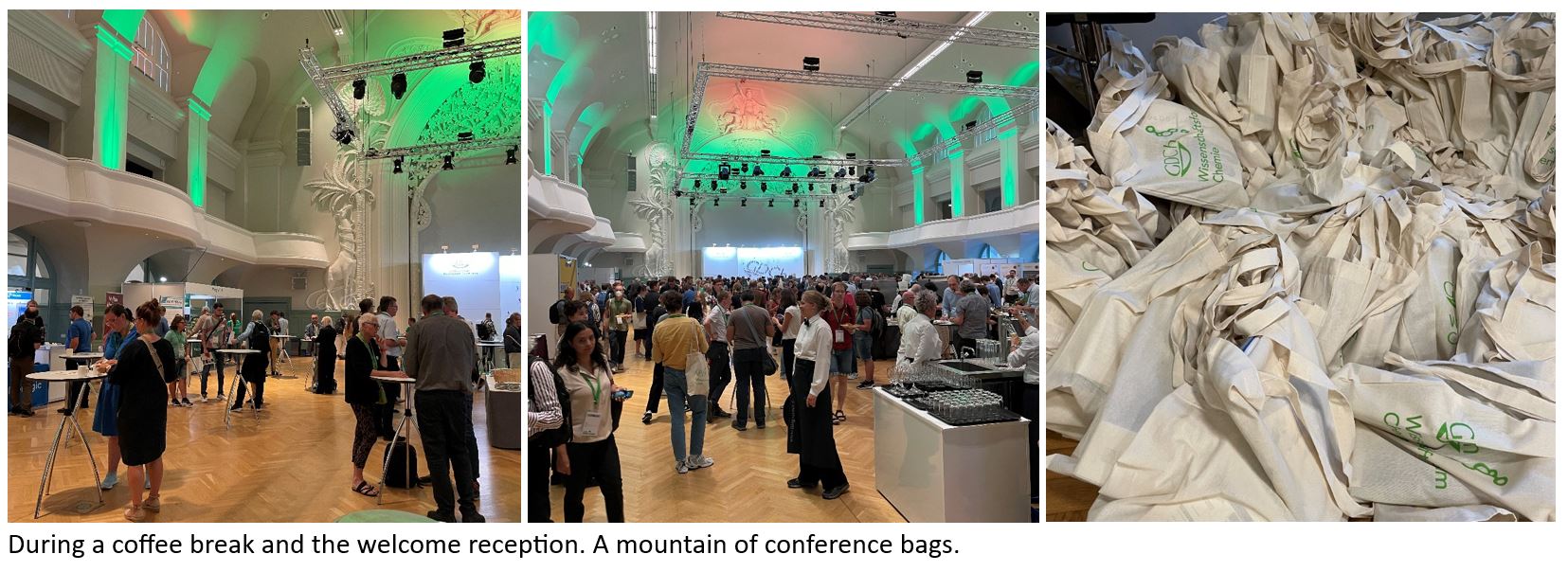
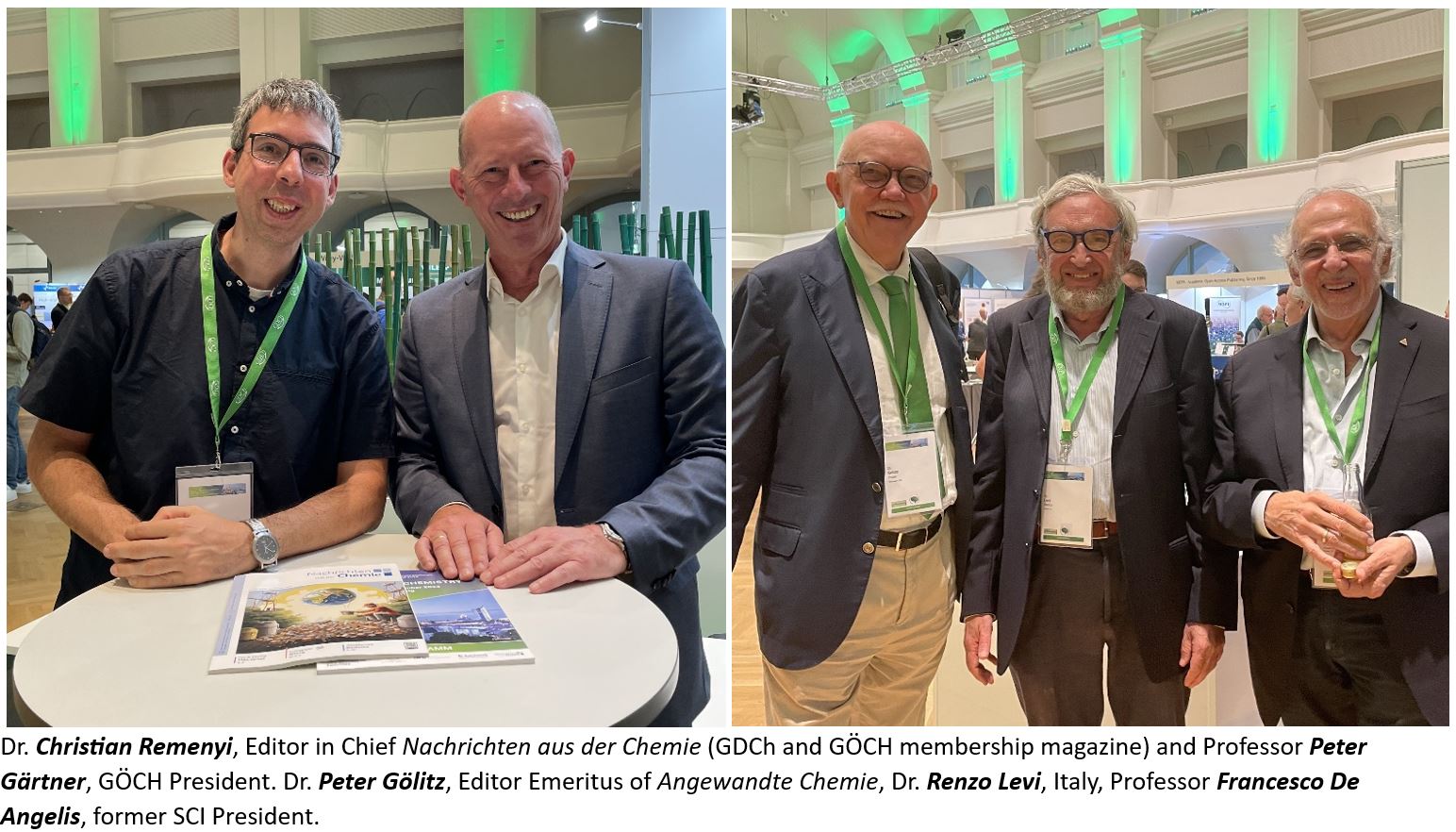
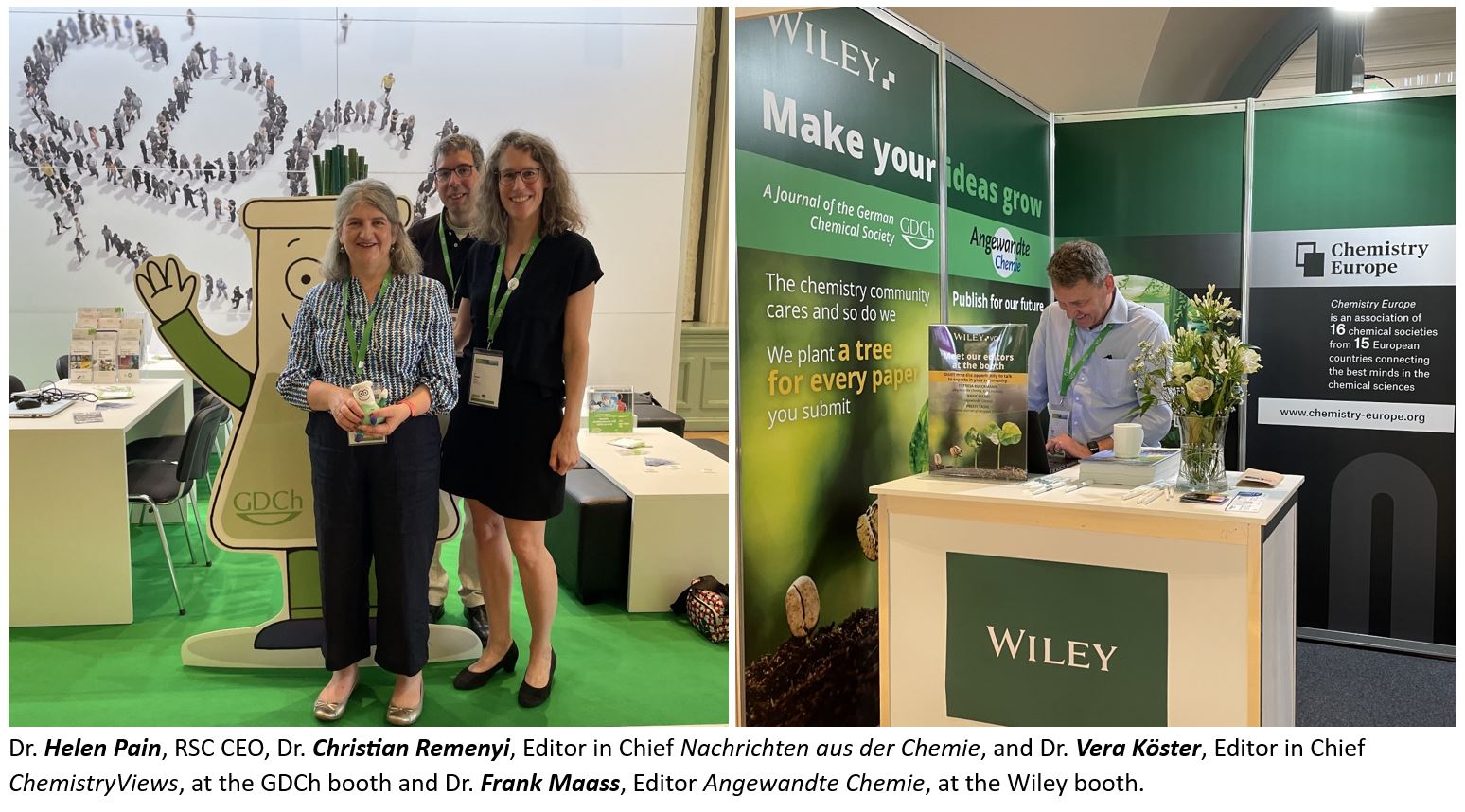
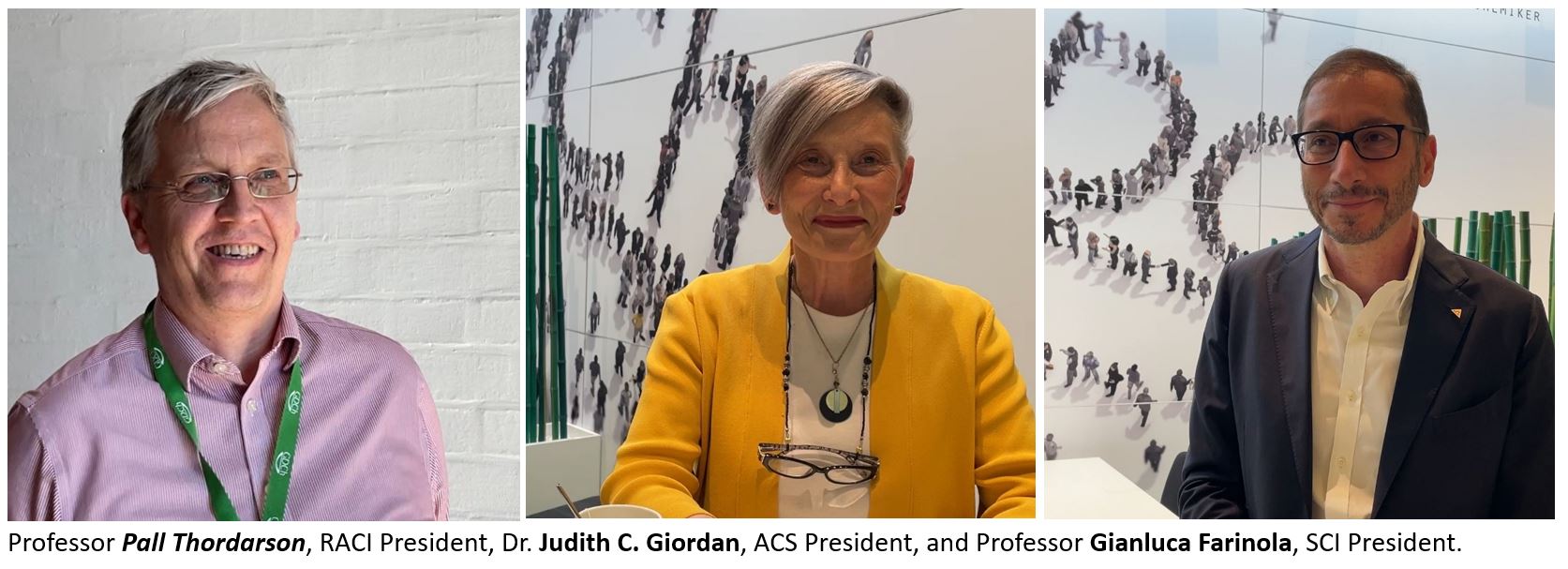
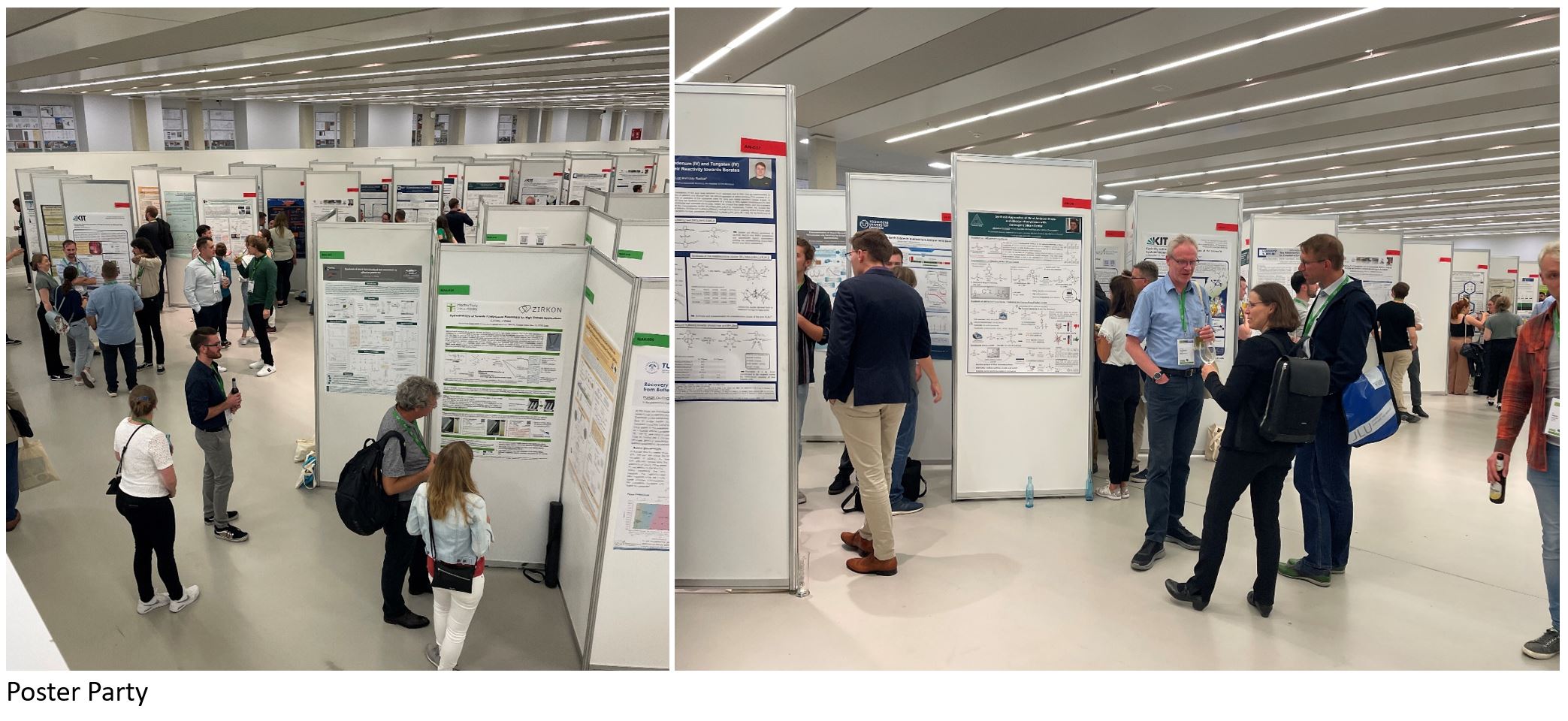
References
[1] First Demonstration Plant for Electrically Heated Large-Scale Steamcracker Furnaces, ChemistryViews September 2, 2022.
[2] Primo Levi Prize for Henning Hopf, ChemistryViews September 4, 2023.
[3] Project “Women In Supramolecular Chemistry” Receives Hildegard Hamm Brücher Prize, ChemistryViews September 4, 2023.
[4] Vera Koester, Jasmin Herr, Daniel Stiefelhagen, Video: Empowering and Supporting Everybody, ChemistryViews September 4, 2023. https://doi.org/10.1002/chemv.202300053
[5] WISC website (accessed September 11, 2023)
[6] Thomas Fässler Wins Arfvedson Schlenk Prize, ChemistryViews September 4, 2023.
[7] Video: Beer and Baby Oil: The Chemistry of Everyday Objects, ChemistryViews 2014.
[8] Adolf von Baeyer Memorial Medal 2023, ChemistryViews September 5, 2023.
[9] Klaus Kümmerer Receives Wöhler Prize For Sustainable Chemistry, ChemistryViews September 6, 2023.
[10] EurJIC–Wöhler Young Investigator Prize Awarded to Felicitas Lips, ChemistryViews September 4, 2023.
[11] Jan Keuter, Alexander Hepp, Anja Massolle, Johannes Neugebauer, Christian Mück‐Lichtenfeld, Felicitas Lips, Synthesis and Reactivity of a Neutral Homocyclic Silylene, Angew. Chem. Int. Ed. 2021. https://doi.org/10.1002/anie.202114485
Also of Interest

Klaus Kümmerer Receives Wöhler Prize For Sustainable Chemistry
Prize honoring pioneering research work in the field of sustainable chemistry

Adolf von Baeyer Memorial Medal 2023
Rainer Herges, University of Kiel, Germany, honored for outstanding work in the field of organic chemistry

Primo Levi Prize for Henning Hopf
Award honors significant contributions to both the chemical community and society in general

Video: Empowering and Supporting Everybody
Members of the Women In Supramolecular Chemistry (WISC) network about recent activities and personal motivations

Project “Women In Supramolecular Chemistry” Receives Hildegard Hamm Brücher Prize
Honoring outstanding commitment to equal opportunities in chemistry

Thomas Fässler Wins Arfvedson Schlenk Prize
Outstanding contributions to innovative materials for high-performance lithium batteries honored

EurJIC–Wöhler Young Investigator Prize Awarded to Felicitas Lips
Recognizing excellent publications in inorganic chemistry by an early-career scientist
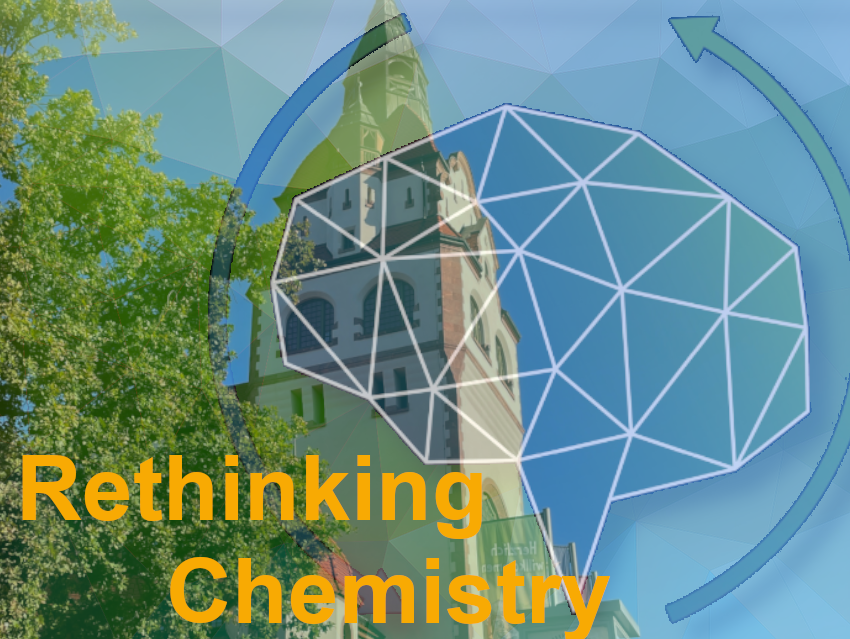
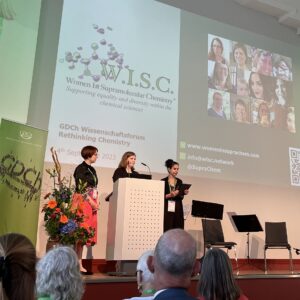 marginalized groups in supramolecular chemistry [3,4].
marginalized groups in supramolecular chemistry [3,4].